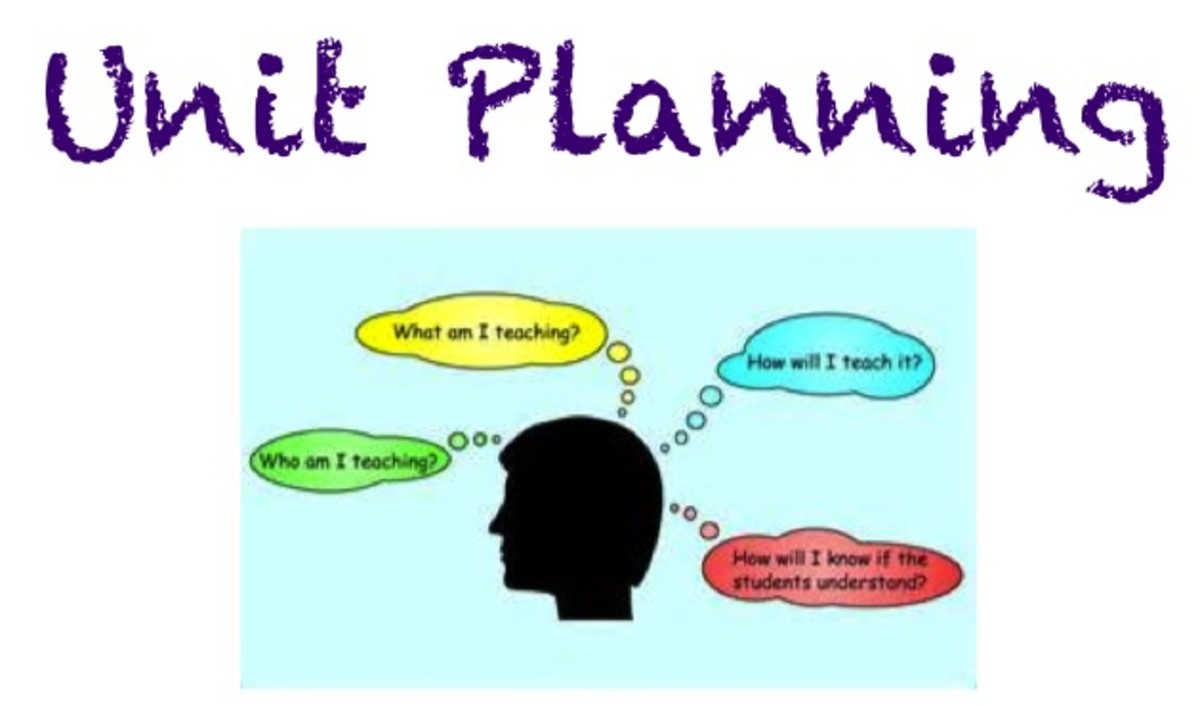Reinforcing Critical Thinking Skills
Ideas needed to reinforce critical thinking skills???
As educators and parents, we are at times at our wit's end to find new ways to reinforce critical thinking skills or as we call sometimes, higher order thinking skills. Here let me compile some ideas which might be useful in your classrooms or at home with your children.
Company logos



Using Static Visuals
One of the best ways to reinforce critical thinking skills in children of all age group is by using static visuals. Static visuals may include photographs, graphic, cartoon, comic strip, advertisement in a magazine or newspaper, graph, logo, slogan, chart, table etc. You may choose from a wide range of static visuals and pitch your lesson at the right level depending on the need of your children. When reinforcing the critical thinking skills, you must ask questions which will streamline the thinking of your students and encourage them to delve deeper into the minute details of the visuals. The answers they come up with need not be right or wrong, but they should definitely be possible solutions to a particular problem.
For example, looking at a company logo, you may ask these questions:
Why do you think the shape of logo is so chosen?
Why do you think the company had chosen this colour or colour combination?
What message is being conveyed when such a logo is being launched, which is actually the identity of a company?
In your discussion let them realize how each logo of a company is well researched and has an inherent message to convey, how every colour they choose, each stripe or stroke they choose is well thought out and holds some meaning.
Diagrams of an experiment

Another example, looking at a diagram of an experiment, you may draw their attention to:
- The apparatus
- The reactants or components
- The phenomenon demonstrated
- The purpose of the experiment
Additionally, you may ask:
What are the flaws in the diagram?
Explain the phenomenon you see in the experiment in the form of a flowchart.
How would you label the diagram to make it self-explanatory?
Try to ask open-ended questions which can bring different answers to the table, which will tap the thinking skills of different learners and make the discussion fruitful and engaging.
Diagrams of an experiment

Books on critical thinking skills
Using Dynamic Visuals
Another very useful tool to reinforce critical thinking skills is dynamic visual. Dynamic visuals may include videos, movies, TV shows etc. Make your students watch a 3-4 minute or even 8-9 minute long video clip and frame questions to elicit higher order thinking skills.
In our school, we have an international film week, when students are made to watch various movies, in regional and foreign languages on a wide range of themes, followed by an intense discussion session and reflection of what they have seen. You may do the same, watch a good movie with your children and then discuss, but you should have planned some thought-provoking questions for discussion, as probing their way of thinking is the crux of reinforcing thinking skills.
After watching any dynamic visual, you may draw their attention to:
Setting and time period of the movie
The characters with their varied personalities - probe into the psyche of the characters and how they react to various situations
Ethical or moral issues addressed by the video or movie
The economic, social and political relevance of the events or characters
The impact of the events on the environment
The impact of the events on the culture, beliefs and religion of a community or a country in general
How would you have liked the ending?
Justify the course of action taken by your favourite character
Evaluate the presentation, photography or characterisation of the movie or video
In this way, bring out the purpose of making any film or dynamic visual, the thought process of the creator of such dynamic visuals and how effectively that impacts the minds and thinking of the viewers.
Asking questions is the right way to probe thinking!

In summary:
Above I have mentioned just a few ways to reinforce critical thinking by using static and dynamic visuals. Visuals are like gold mines and has the potential to dig into various aspects of thinking, which can be tailored according to the needs of your class or your children or the subject or topic which you want to teach. You may show them a picture and ask them to compose a poem or a song on what they see in the picture; write a picture composition and give it an appropriate title; you may watch the movie or video clip on mute, with subtitles and then listen to the audio and compare whether that caused any difference in the perception of the viewers; foreign language teachers can ask the students to create the subtitles and practice translation in doing so. In this way you can come across lots and lots of variations of how you will effectively use static and dynamic visuals to elicit critical thinking in your children.
Please let me know your views in the comments section below:
Read my other hubs on improving critical thinking skills
- Lesson Plans: Critical Thinking and Writing Activities in the Science Classroom
Effective written communication is an integral part of science education. In this hub the author has shared some new ways to amalgamate writing and science lessons in order to strengthen students' writing and thinking skills. - Cartoons For Critical Thinking
Use cartoons to elicit critical thinking in children of all age group - How to Guess Smartly Using Fermi Problems?
How to think 'out of the box' and learn guesstimation? One needs to be smart thinker and problem solver to impress today's interviewers. Here are some tips and guidelines.






